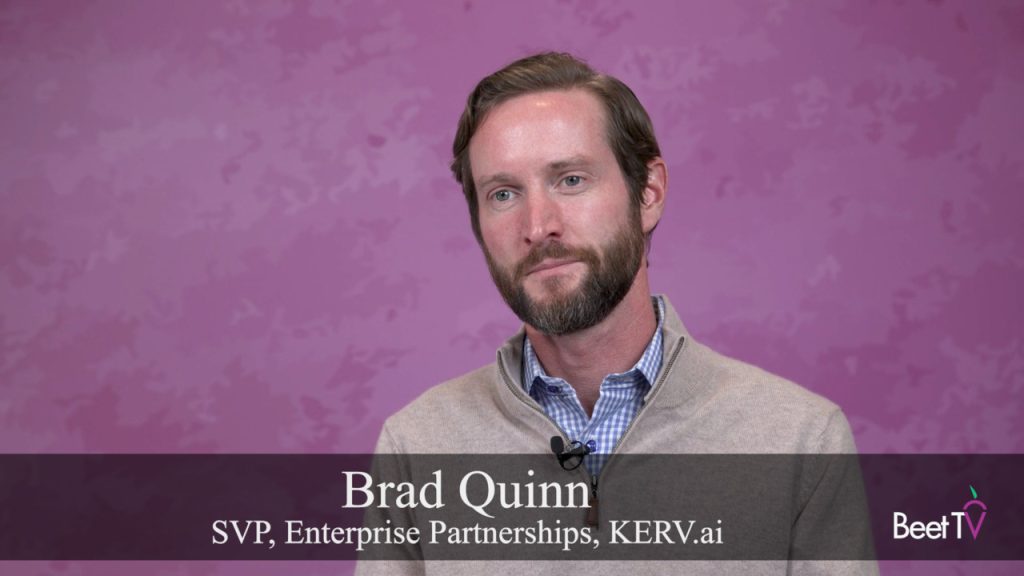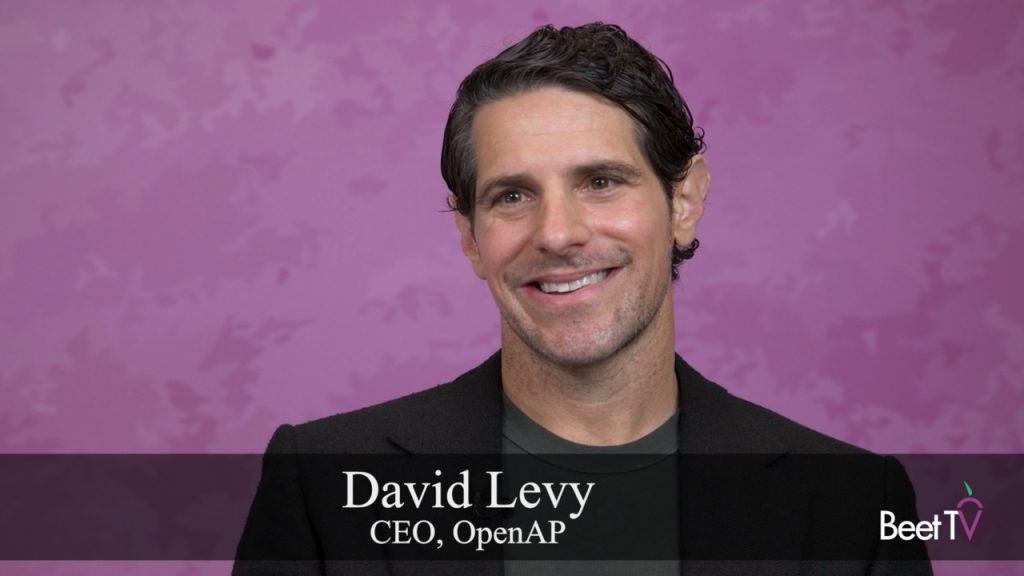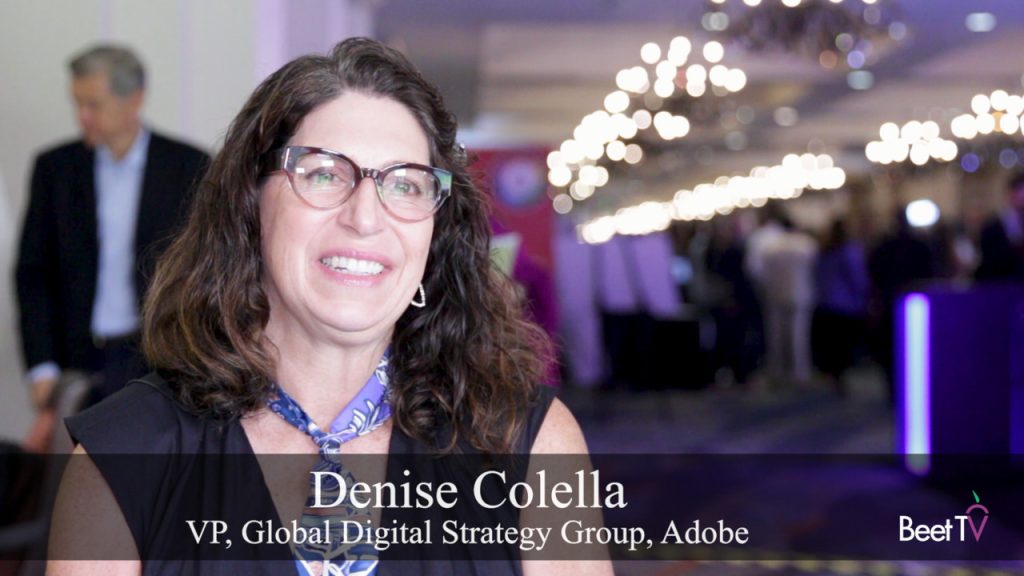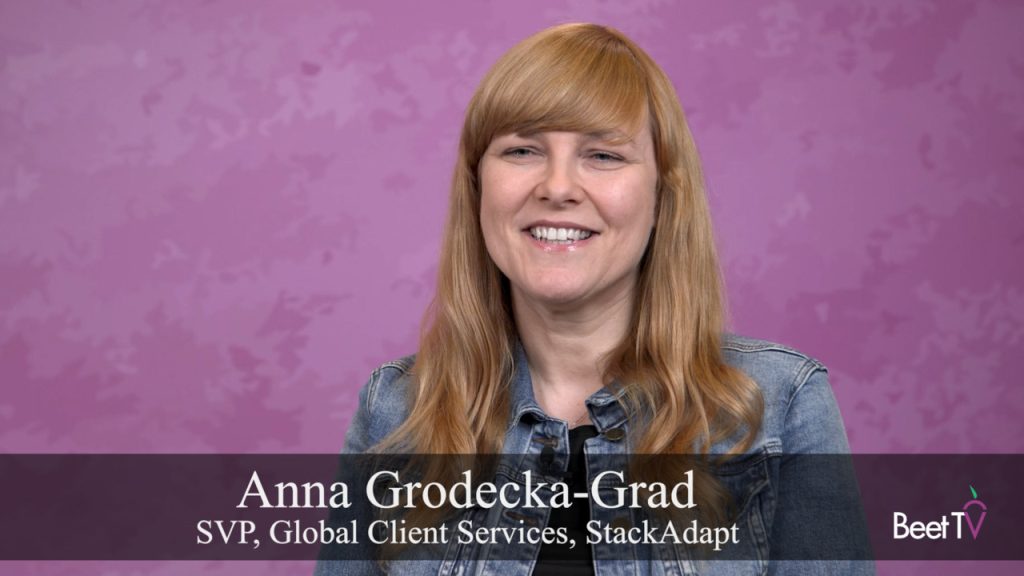The increasing ability to digitally-target linear TV ads plus the new capability to dynamically assemble those ads for individual households, when taken together, sound like super-powers.
But, if they are not careful, some TV ad sellers and buyers also end up feeling the extra complexity that goes hand-in-hand feels like Kryptonite.
A new thought leadership project, What Next for the TV Advertising Market?, from Comcast Technology Solutions, is highlighting how ad volumes are to proliferate – and sounds a warning that companies may struggle to cope.
Big spike coming
“What we’re seeing is a massive increase in ad volume growth and ad versions,” says Richard Nunn, VP and GM of advertiser suite at Comcast Technology Solutions, in this video interview with Beet.TV senior adviser Jon Watts.
“A big spike and a tipping point in ad volumes is going to hit the marketplace.
“There’s a whole bunch of stats out there that say that, over the next three to four years, we’re going to see a seven-fold increase, which is huge in terms of ad volume.
“And then, if you layer addressability on top of that – you’re going to get different versions of ads, so maybe up to a thousand versions or more of one core ad that then turns into many – then you’re just going to see a massive acceleration of ad volume.”
Over-complicated?
Nunn thinks that is going to pose a challenge for an industry already struggling to cope with the convergence of linear and connected TV ad infrastructure.
Other surveys and studies have found ad buyers believe exploiting the opportunity of convergence is too complicated.
That is causing TV networks to worry that, if buyers are put off, the opportunity may be squandered.
So we have seen several initiatives and consortia form in the last couple of years, aiming to thrash out standards and working practices.
Automate the convergence
For Nunn, the chief answer comes in the shape of software.
“You have to deal with that through technology and automation,” he says.
“It’s really critical that you can bring together all these different channels, different assets and see what the performance is doing all in one place.
“And that’s a really critical thing to ensure that we can deal with the fragmentation and proliferation of channels and devices and manage that accordingly.”
Coming together
What Next for the TV Advertising Market? took input from over 40 senior executives across the TV and video ecosystem, both in Europe and the US.
It focuses on:
- Technical solutions, standards and working practises for the addressability market across different pools of linear and digital inventory.
- Transforming buy-side workflows to bridge the TV and digital divide.
- Applying data consistently.
- Collaborating and co-investing.
Nunn says it shines a spotlight on a frustration within the industry.
“It’s a well-known fact,” he says. “There’s a lot of manual handoffs about how assets get from a creative agency, the way through to the eyeball. And that’s both on the buy and the sell side.
“A lack of a bridge between TV linear and digital and there are challenges around seamless reporting around what TV linear and digital do.
“A behaviour change that has to happen because, at the end of the day, as I mentioned, upfront, ads have got to eyeballs. It’s work in progress.”
You are watching “What’s Next For Advertisers? Key Changes That Will Drive The Industry Forward,” a Beet.TV leadership series presented by Comcast Technology Solutions. For more videos, please visit this page. For Comcast Technology Solutions’ paper on these topics, please visit this link.


































